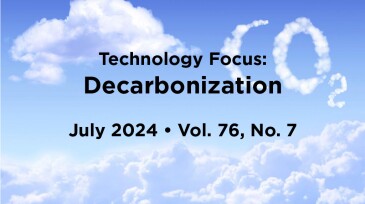Carbon capture and storage
Regulators pull from experiences in the oil and gas industry to define best stewardship practices for the nascent CCS industry.
This article is the fifth in a Q&A series from the SPE Research and Development Technical Section focusing on emerging energy technologies. In this edition, Shantanu Agarwal, founder and CEO of Mati Carbon, discusses how the company’s approach to carbon removal led to winning the Musk Foundation’s XPRIZE in 2025.
EERC CEO Charles Gorecki outlines how applied research in North Dakota is helping improve oil recovery, reduce emissions, and advance carbon storage.
-
H2Teesside is expected to be one of the UK’s largest low-carbon hydrogen production facilities, targeting 1.2 GW of low-carbon hydrogen production, which equates to more than 10% of the UK’s 2030 hydrogen production target.
-
Cost concerns temper public appetite for clean energy while companies struggle to find investors for projects.
-
Transition requires action, not perfect technology, but challenges remain around scalability, cost, and revenues.
-
The Earth has huge capacity to store carbon dioxide emitted from energy production. This article discusses the technology of carbon capture, utilization, and storage (CCUS) and its challenges.
-
The SPE CO2 Storage Resources Committee has opened a period for public comments on an update to the current 2017 SRMS.
-
Reducing greenhouse-gas emissions with geologic carbon storage will require a new way to model rock physics.
-
Government grants and tax incentives will drive carbon capture, storage, and/or utilization projects in the next decade as the industry seeks profitable business model.
-
Despite more than 3 decades of intense focus on emissions issues, global emissions have only increased instead of going down. It’s imperative to question the efficacy, premises, practicality, and overlooked hurdles of current approaches.
-
Last month in North Dakota, over coffee and kuchen, my friend Dick shared his challenges with vague offers for leasing his pore space. As legal rulings and tax credits complicate the landscape, landowners face a murky world of deals. How can a proposed deal be determined as good or bad?
-
The Permian’s produced-water challenge presents an opportunity for innovation to pave the way toward a more sustainable future for the industry.













